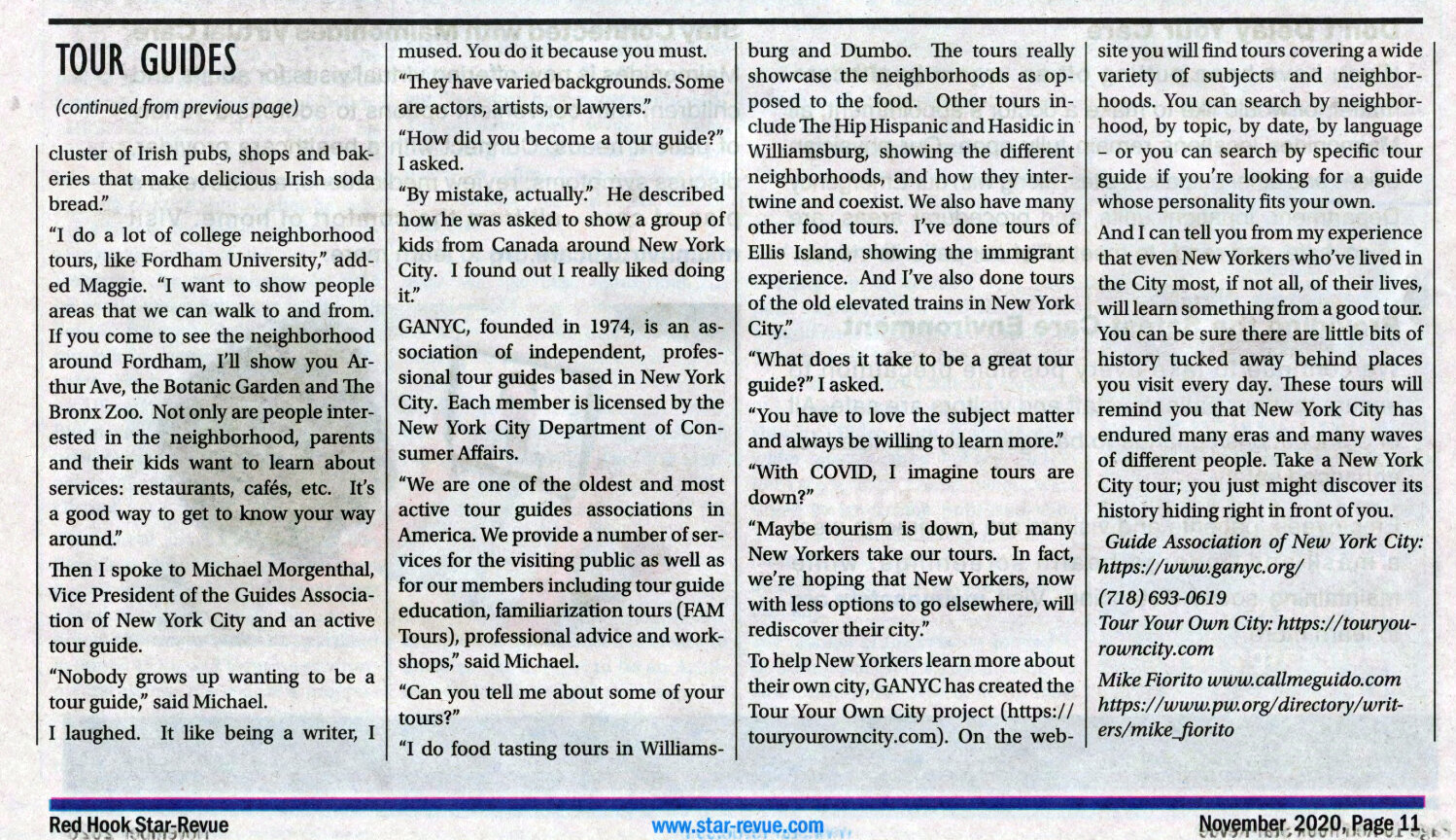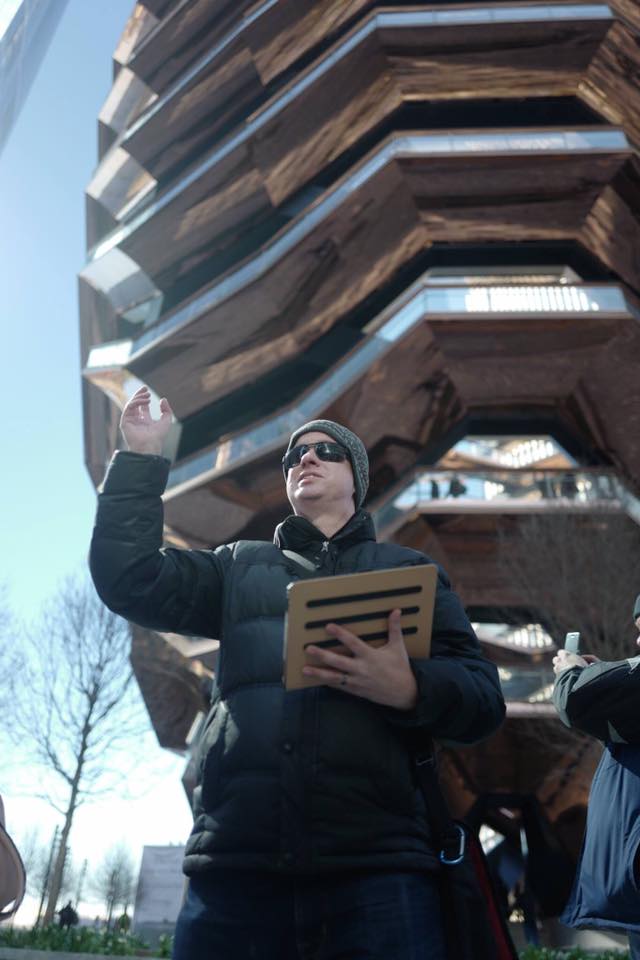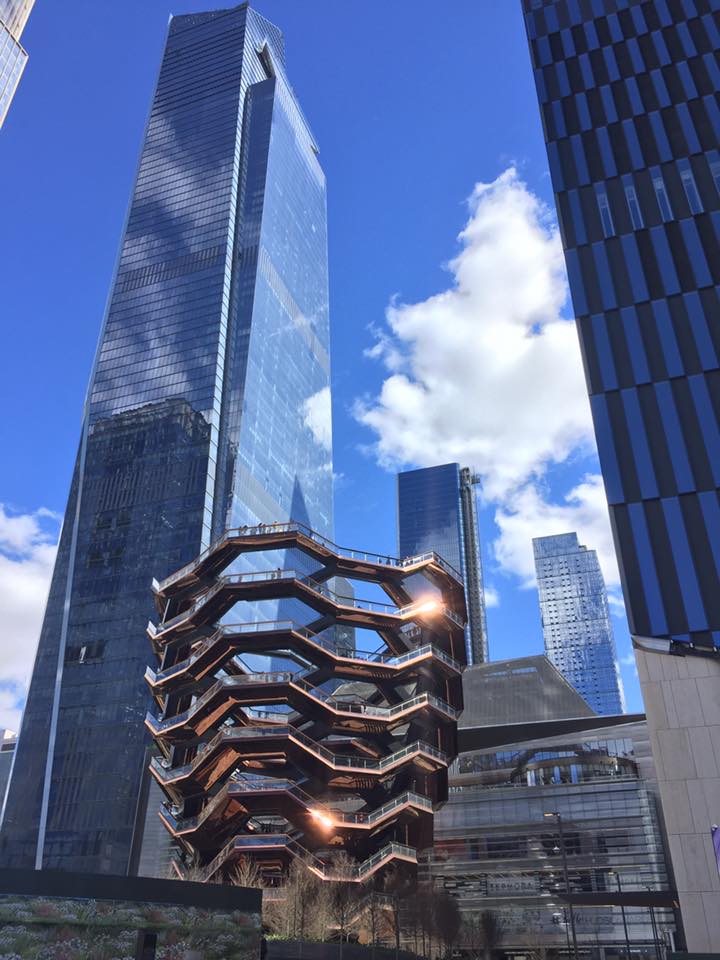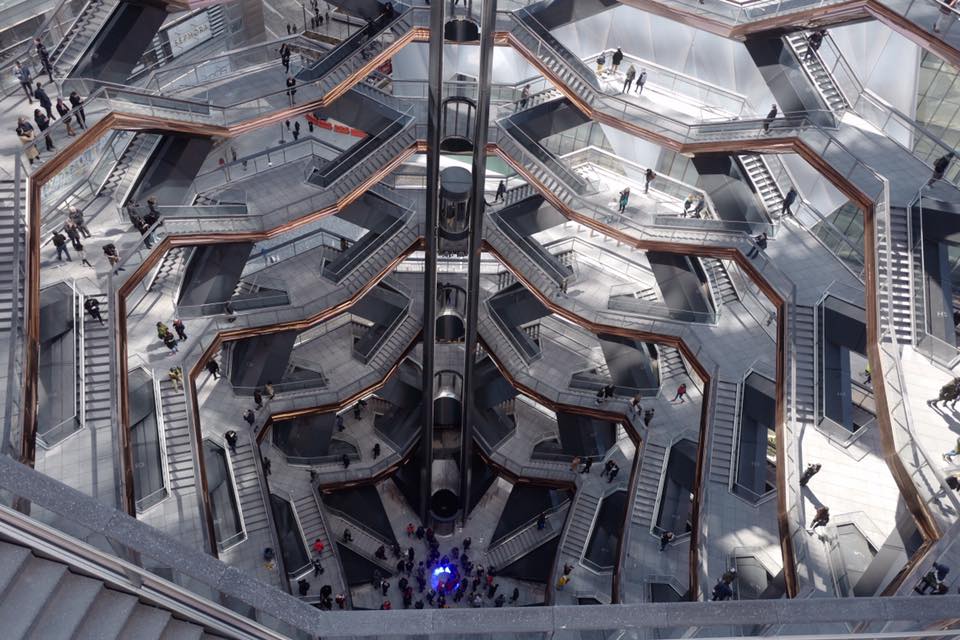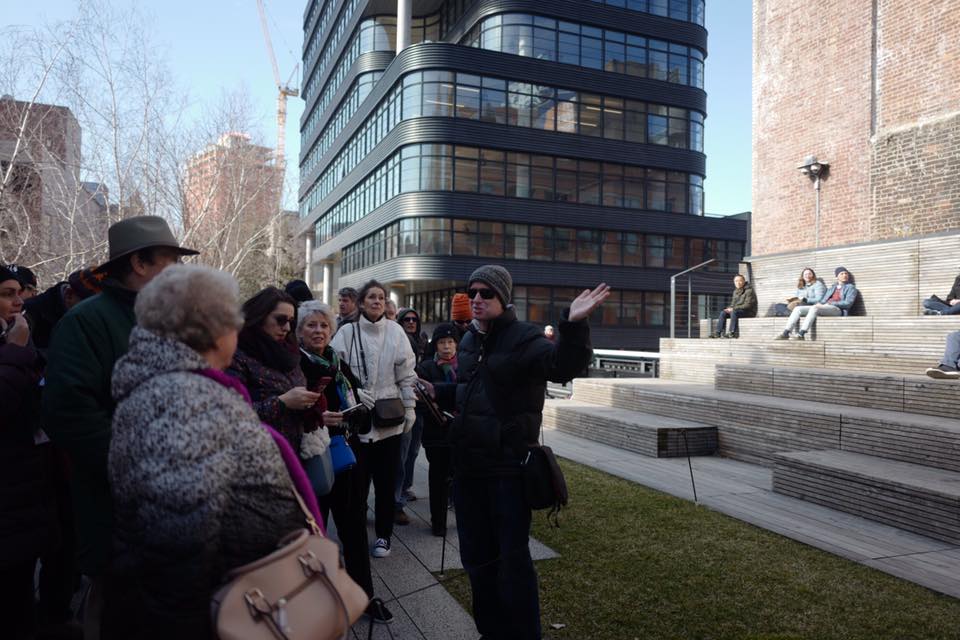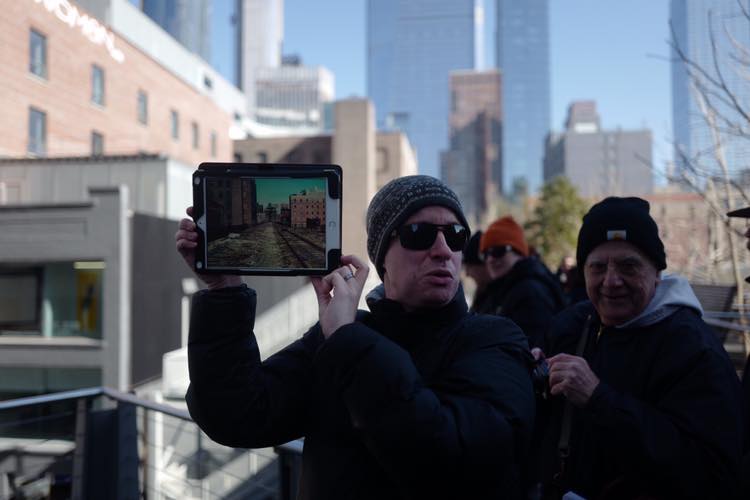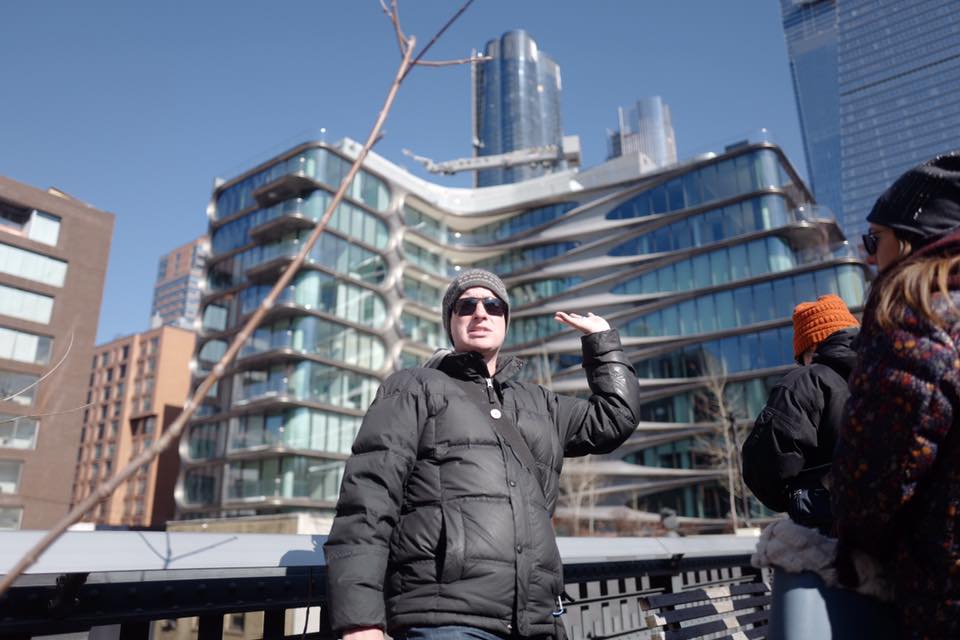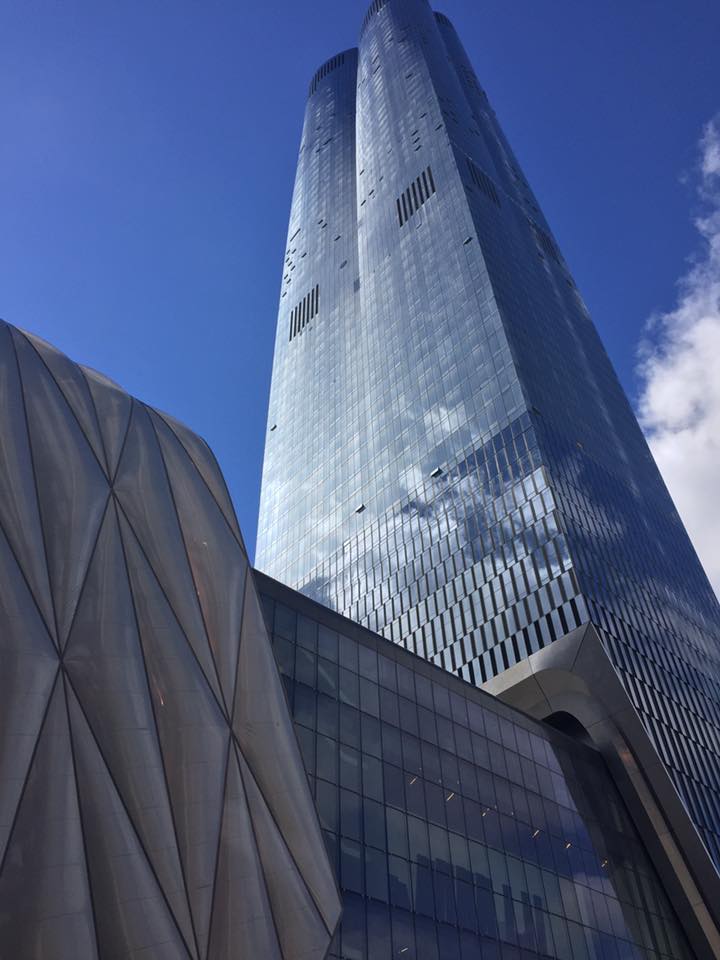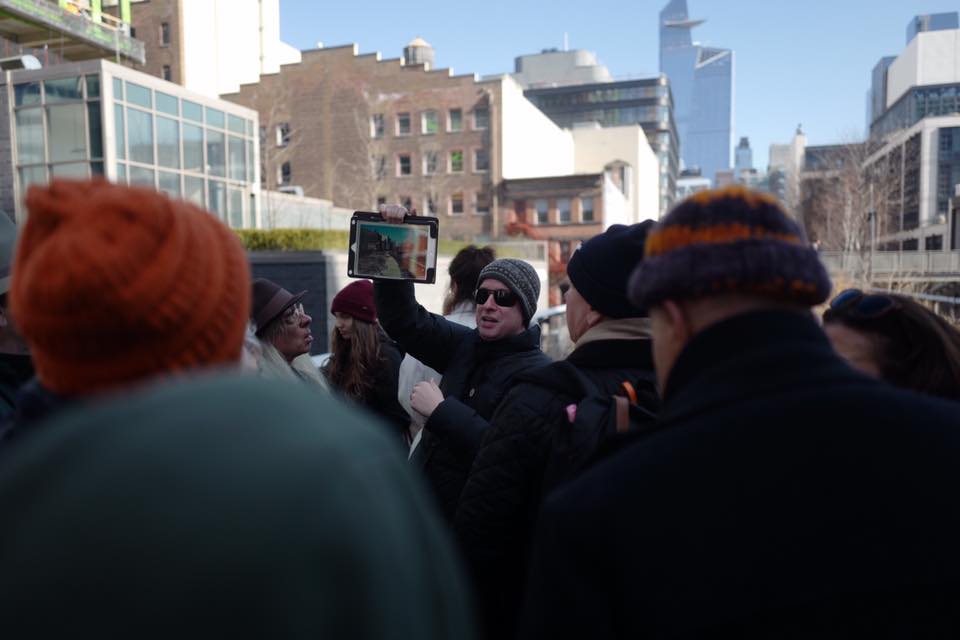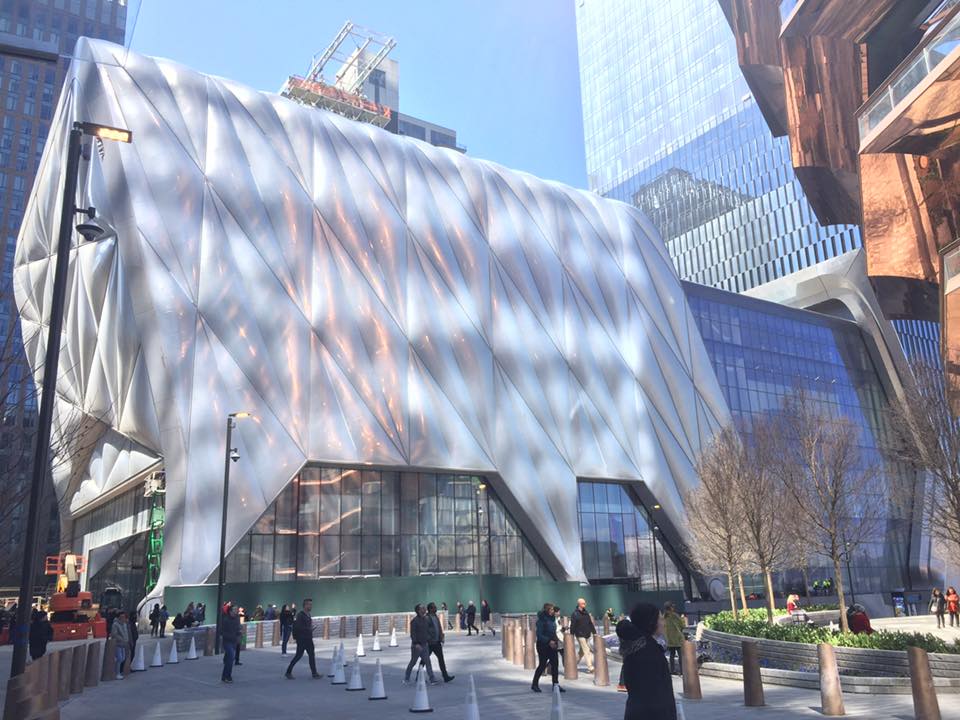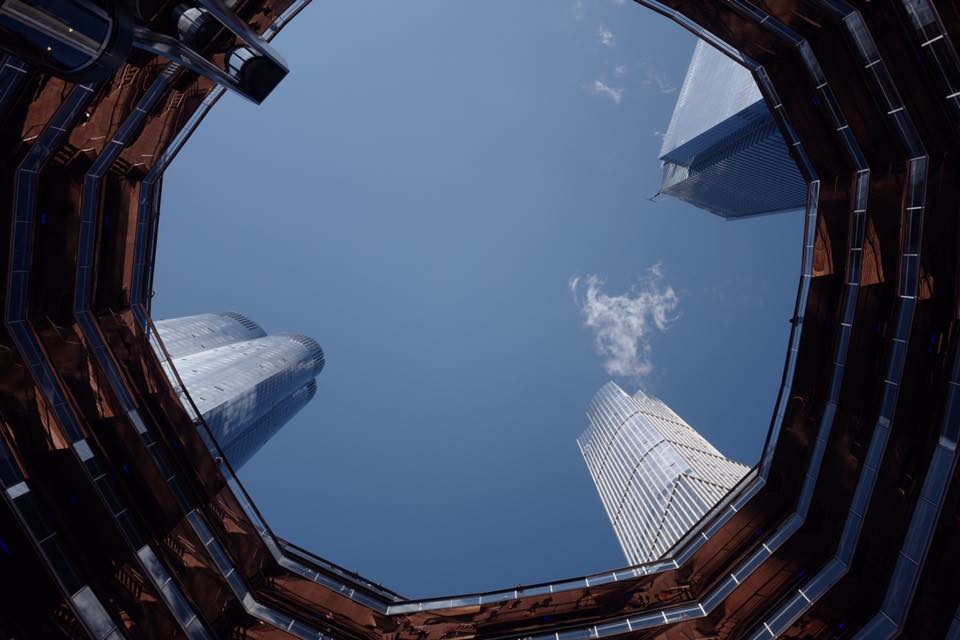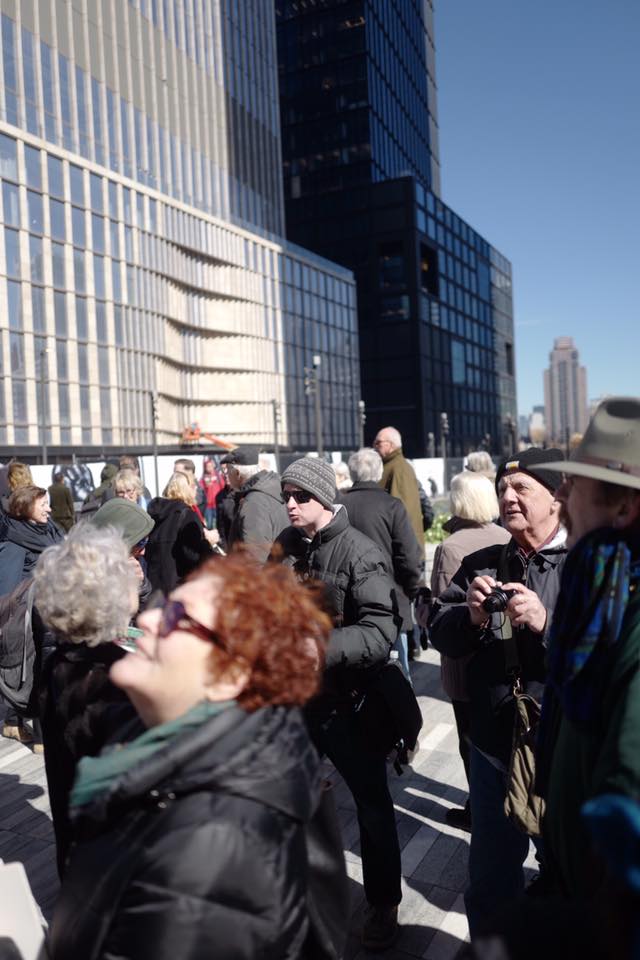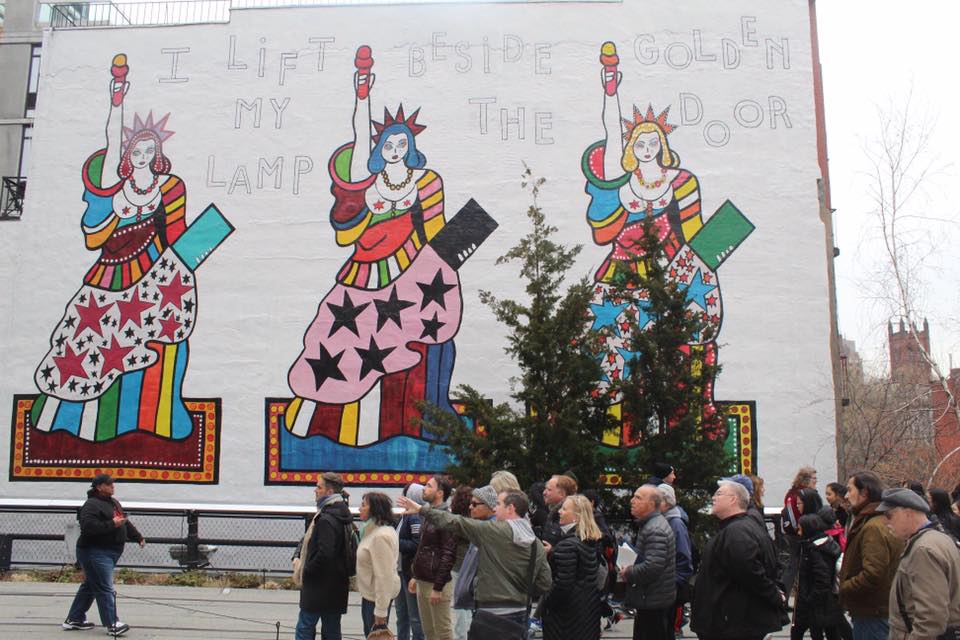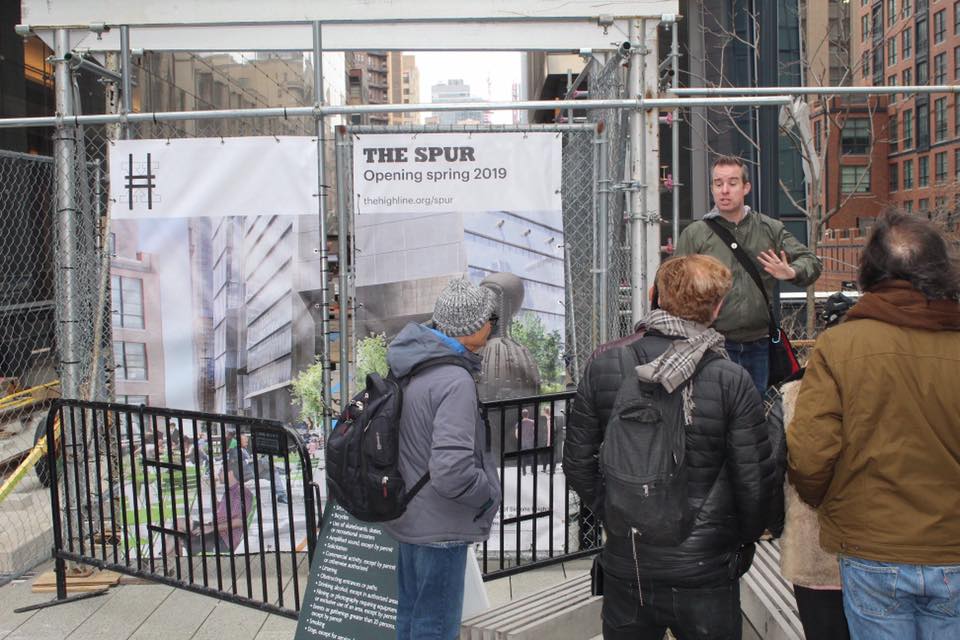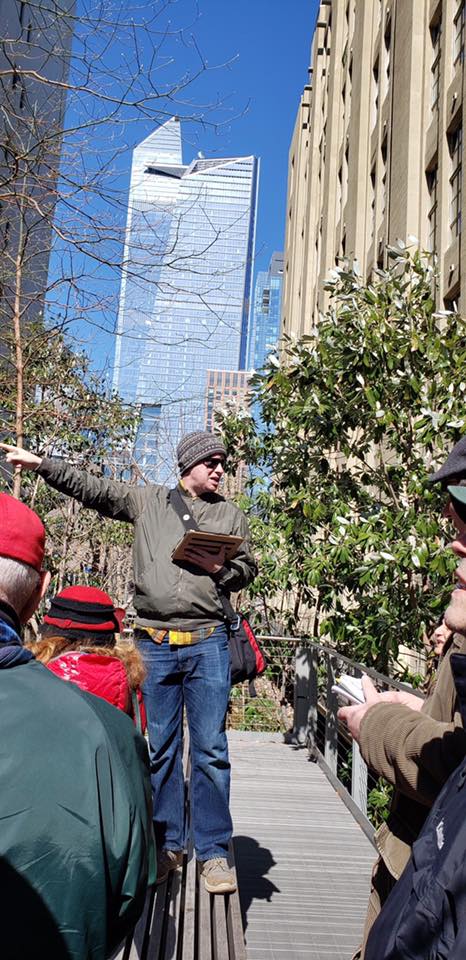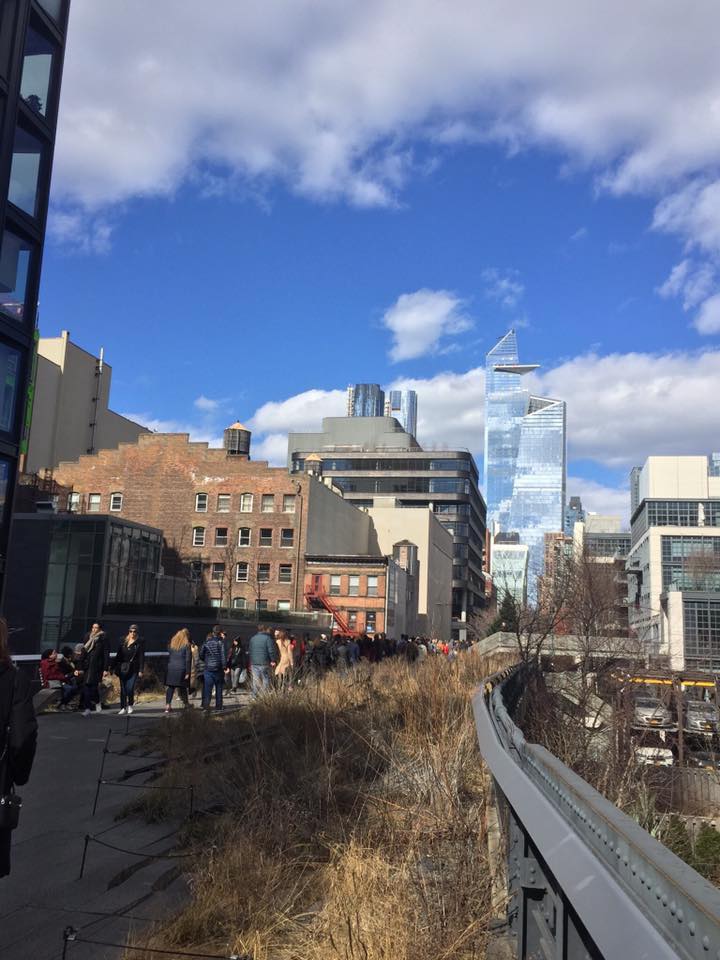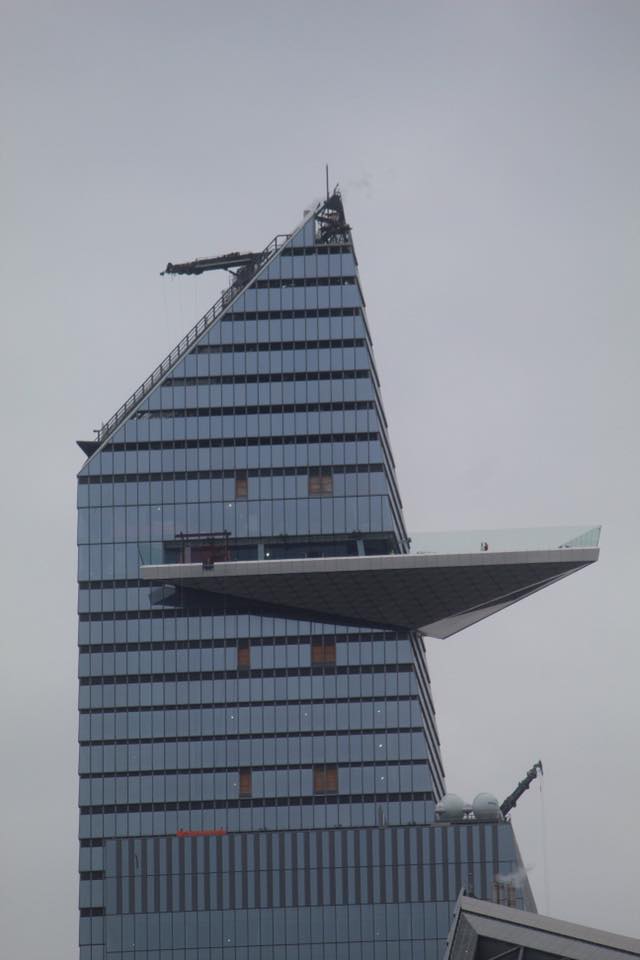The new buzzword in travel is “overtourism”. This is the idea that travel has increased so much, it now has become a burden on many cities and national parks. First discussed in cities like Venice or Barcelona, these concerns have spread across the world. Because locals have always tended to hate tourists, no matter the amount, local governments are largely not responding in a smart way, with better urban planning, but rather with knee-jerk bans. Amsterdam has instituted several bans on tours. Paris is banning sightseeing buses in their city center. Even here in NYC, the National Parks Service has banned organized tours inside the structures on Liberty & Ellis Islands. Here in NYC, better city planning is the real key… ie. pedestrianizing more areas, like Times Square was a decade ago.
One solution New York is trying is to encourage more visitors to venture outside the Manhattan areas where most tourists tend to congregate. I wholeheartedly endorse this initiative. Most of what people think of when they hear “New York City” is just core Manhattan… but it is actually the smallest borough by size, and only third-largest by population. We are a city of 5 boroughs, and there is plenty of room for all, and so much to explore that even most locals never get the time to see it all.
So, on that note, here are my top 5 recommendations of fun ways to spend a day outside Manhattan:
1. Flushing Meadows-Corona Park: Best known to most as the site of the annual US Open tennis tournament, this 897-acre park began its life as as the home of the 1939 Worlds Fair, and more famously later re-used for the 1964 Worlds Fair. Numerous remnants of those fairs remain, most famously the Unisphere, and towers of the New York State Pavilion. Part of the site now houses institutions like the Hall of Science, Queens Zoo, a boating lake, and of course the USTA Billie Jean King National Tennis Center. But the must-visit is the Queens Museum, a building retained from the ‘39 Fair, and the original home of the United Nations General Assembly. Besides many great exhibitions, the museum also houses the must-see Panorama of the City of New York, a scale model of every block and building in the entire city. It is amazing to behold. And, if the Mets are in town, a pop over to adjacent CitiField for a ball game is another must. If there’s no home game, hop back on the 7 train to explore any of the other amazing immigrant neighborhoods along the line… there’s a reason Queens is called “the world’s borough”!
2. The Bronx, Belmont area: Take a quick ride on Metro-North rail to the Fordham station from Grand Central, and you’ll be in the Bronx neighborhood of Belmont… aka, the Bronx’s Little Italy. The Bronx as a whole has many great places to explore— Yankee Stadium, Wave Hill gardens, City Island, numerous historic districts— but this area has the best concentration of attractions for visitors. After getting off the train, take a quick detour west to see the former cottage home of Edgar Allan Poe. Then, double-back and head down Arthur Avenue, the area’s old-world-feel main stretch of restaurants, shops, and bakeries. The indoor Arthur Avenue Retail Market will be your main stop, where dozens of vendors congregate selling everything from cheese to beer to pastas to fresh-rolled cigars. A short walk away from this stretch is the Bronx Zoo, one of America’s largest zoos. A great spot for families to spend several hours. Just north of the zoo is the New York Botanic Garden, a wonderful open space with many great seasonal events and attractions. This area of the Bronx alone can eat up an entire day… Mangia!
3. Street art: An increasingly popular attraction in New York City, and a specialty of mine, is that— as the birthplace of graffiti— it has some of the world’s best spots for street art and other types of graffiti art. You can find amazing street art along the 6 line in the Bronx, at Welling Court in Astoria Queens, or Manhattan’s Lower East Side. But the best neighborhood to explore for unique art lovers is Bushwick, Brooklyn. The main hub in this vibrant community is off the L train, where the “Bushwick Collective” organizes sanctioned murals over several blocks, replacing each wall every year, ensuring fresh art even for return visitors. This project alone encompasses dozens of huge, gallery-quality murals. All the gaps in between in the area have been filled with independent street art works and raw graffiti. The art tourism has led to a great explosion in the area of bars and restaurants. If the Collective scene isn’t enough, more art can be found further west on the L line, and another big hub along Brooklyn’s Broadway for the “JMZ Walls” project. A whole days worth of urban art exploring in just one (large) neighborhood.
4. Prospect Park + beyond: The most famous park designed by the team of Frederick Law Olmsted and Calvert Vaux is Central Park, but they said their favorite was Brooklyn’s Prospect Park. With great trails, a massive lake, and the sprawling Long Meadow, it is Brooklyn’s backyard. The park also houses an old Dutch farmhouse, a skating rink (ice in winter, roller in summer), and a small zoo. Across Flatbush Ave from the Grand Army Plaza entrance to the park are three significant Brooklyn institutions: the main branch of the Brooklyn Public Library, the Brooklyn Botanic Garden, and the Brooklyn Museum. The latter, founded in 1895 and designed by McKim, Mead and White, was Brooklyn’s answer to New York’s Metropolitan Museum of Art. Besides a great collection of American and European art, the museum also houses the city’s second largest collection (after the Met) of Egyptian works, as well as the Elizabeth A. Sackler Center for Feminist Art. These institutions, and the park, are surrounded by numerous gorgeous historic districts such as Park Slope, Prospect Heights, Crown Heights, and more. Well worth a day of exploring.
5. Red Hook, Brooklyn: My favorite Brooklyn neighborhood was once the busiest port in the United States. Popularized in such works as Arthur Miller's “A View from the Bridge” or the 1954 film “On the Waterfront”, the area has a great past as a major industrial hub… numerous buildings & structures from this era remain today. Known to most New Yorkers are the home to the city’s Ikea, it has seen a larger resurgence trading in on its seaside & industrial legacy. Tours can be found there of whiskey distilleries, two chocolate factories, small-batch wineries, glass and woodworking facilities, and much more. Stroll along old Belgian block streets. Visit Pioneer Works, a fantastic art studio and gallery space. Grab groceries inside a beautifully-restored Civil War-era warehouse building. Grab a great meal at any of the popular eateries, such as Brooklyn Crab. Or just sit on a pier, watching boats go by, and soak in the amazing view of the harbor and the Statue of Liberty. For a slightly more authentic experience, walk over to Defonte's Sandwich Shop, operating in Red Hook since the 1920s. The area is a quick trip from Wall Street on the South Brooklyn ferry line.
Bonus!: Technically part of the borough of Manhattan, so I didn’t put it on this main list, but I’d be remiss not to mention Governors Island, my favorite in-city New York day trip (open May-October). A very quick ferry ride from lower Manhattan, the harbor’s largest island has a whole grove of hammocks waiting for you. In 1783, it became a US Army base, and then a Coast Guard in its final decades, before being shut down in 1996. In 2005, the island reopened as a public space and has been growing & evolving since. For history buffs, you can tour the Governors Island National Monument side of the island, passing old Army & Coast Buildings, and tour historic forts like Castle Williams or Fort Jay. Those seeking just a relaxing day can lounge in the plentiful park space, rent a bike, or eat & drink away the day at Island Oyster. A must-do is the Hills, which features the best panoramic view in the harbor. Art fans will also find numerous exhibitions around the island. For those looking to expand their time here, the Collectives Retreat offers a fun overnight “glamping” experience (just avoid Saturday nights, when party boats in the harbor will make sleep difficult). We recommend arriving early in the day, before the boats fill up.
And that’s our list. Feel free to send us any feedbacks or your own recommendations & faves!



